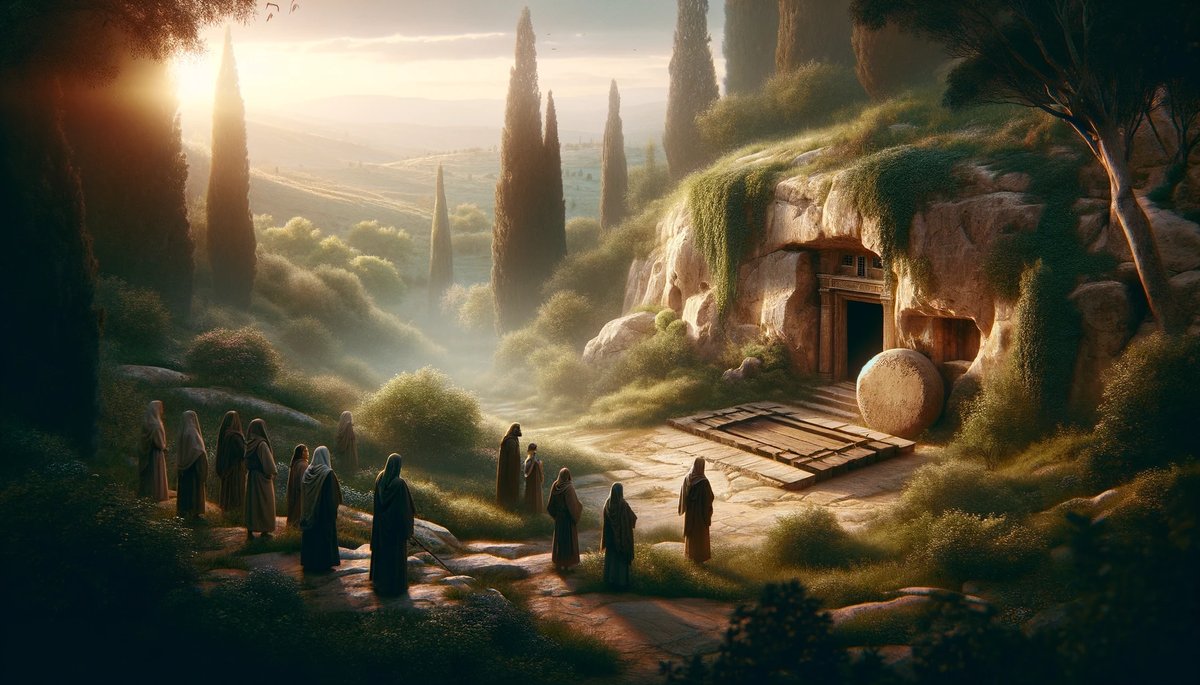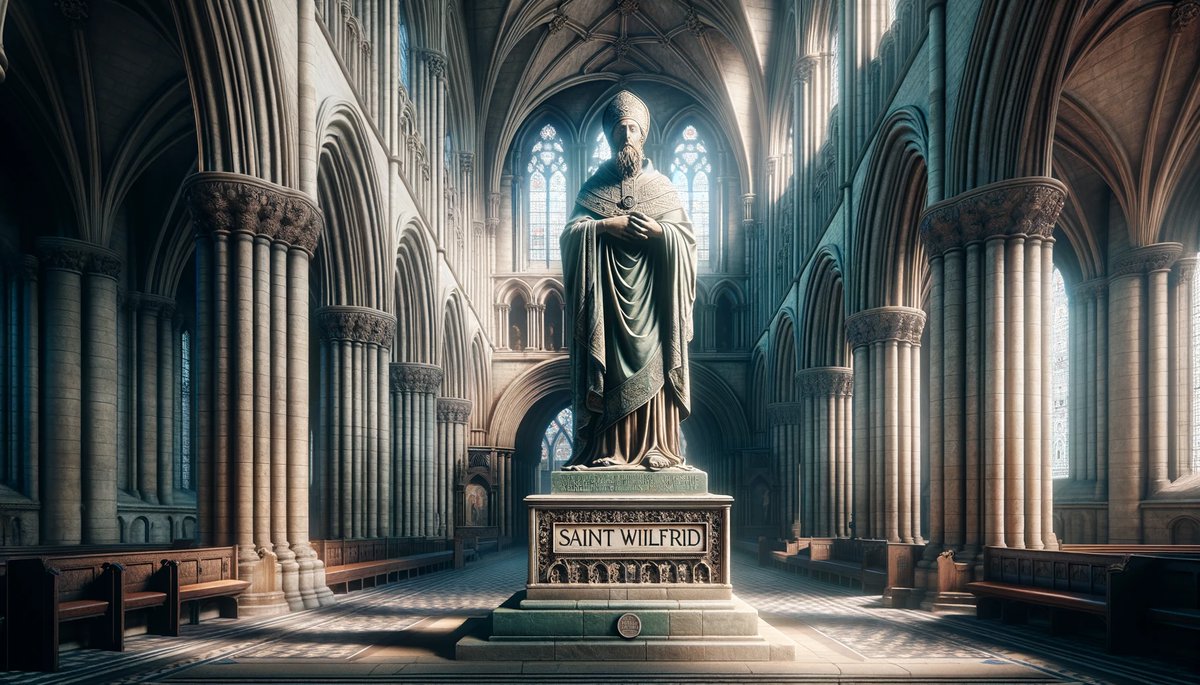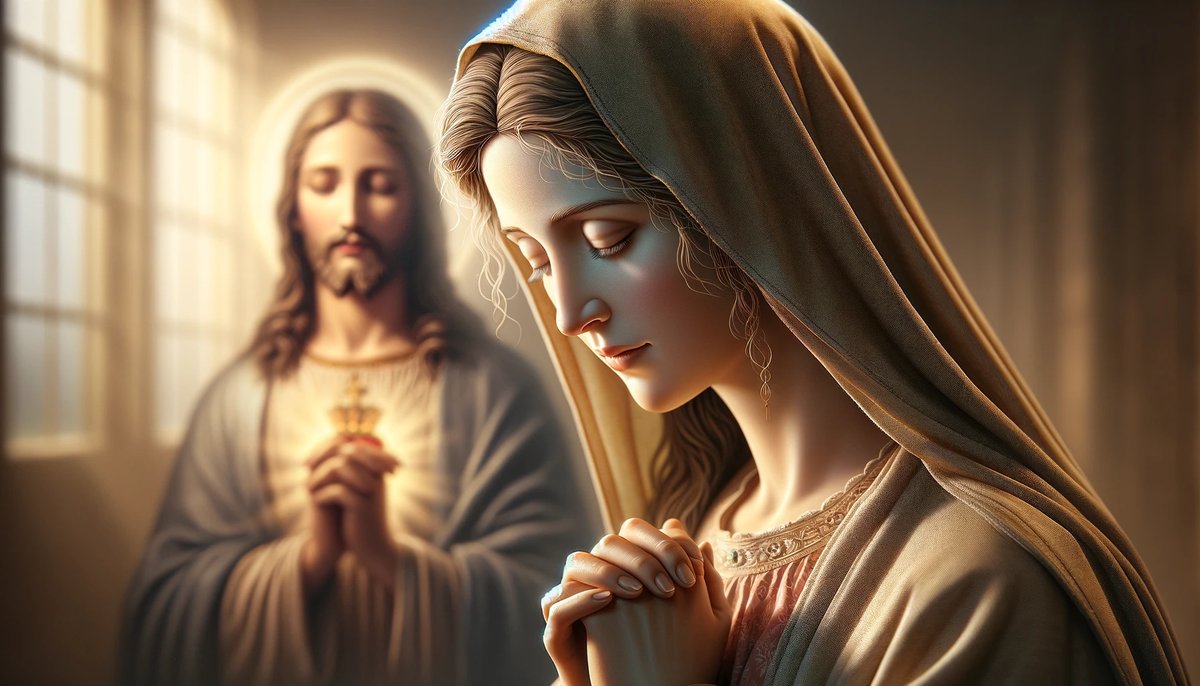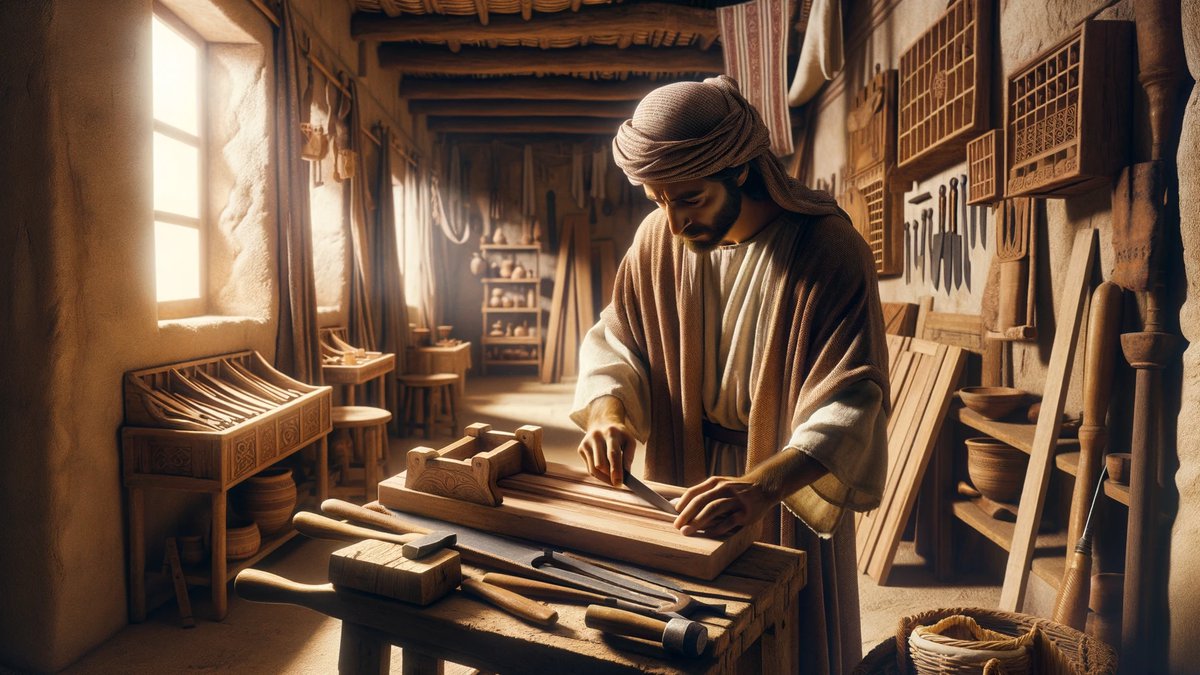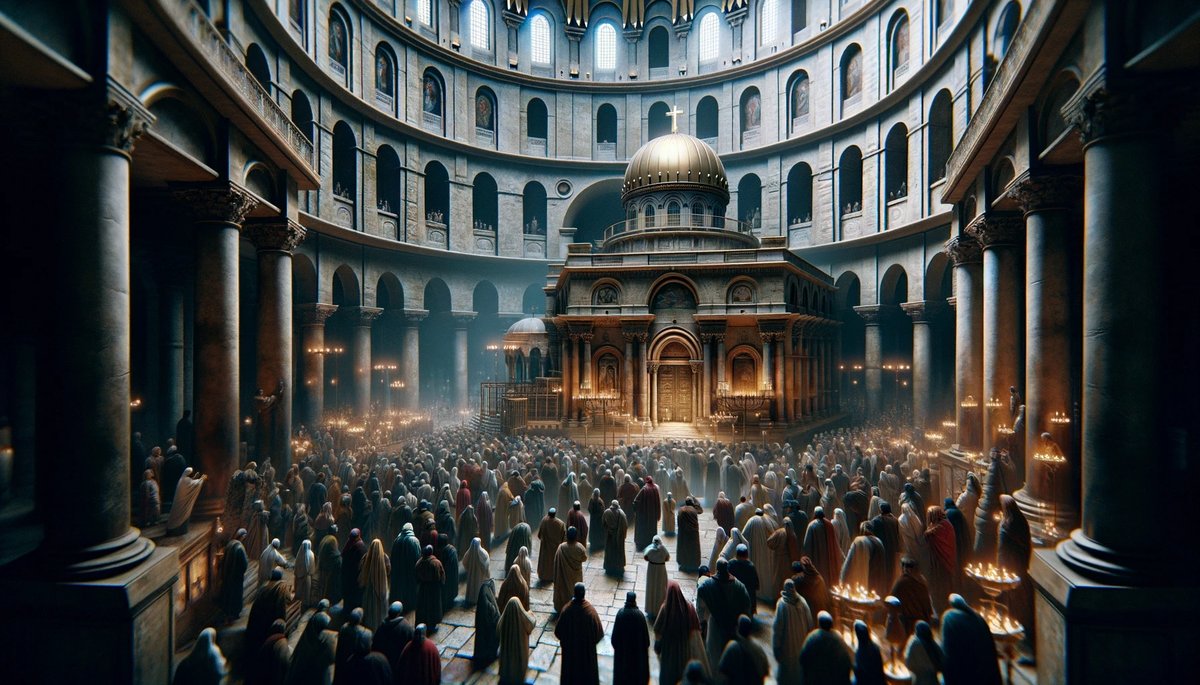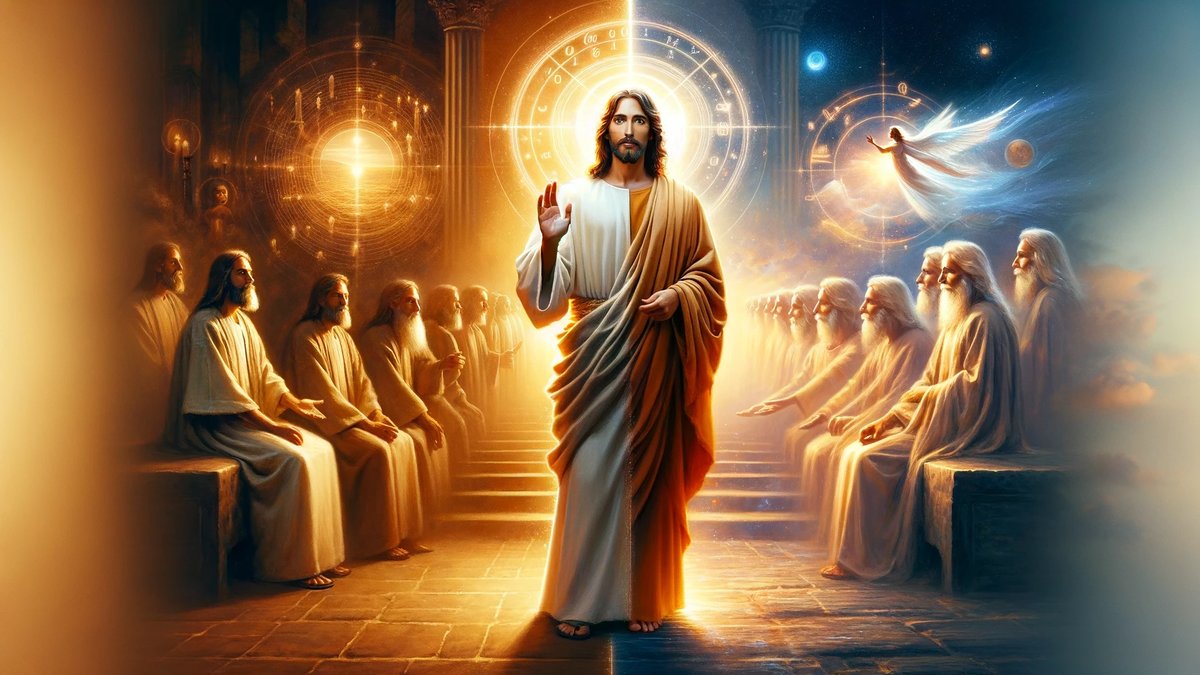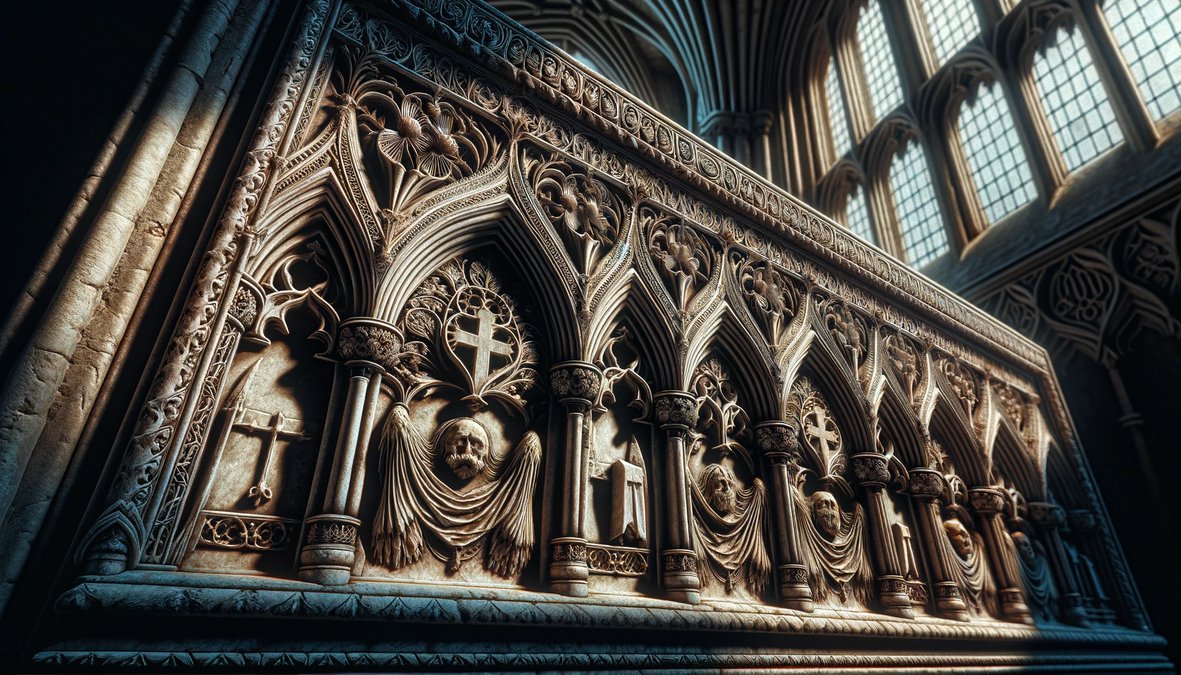Home>Christian Videos>Bible Stories>Whose Tomb Was Jesus Christ Buried In


Bible Stories
Whose Tomb Was Jesus Christ Buried In
Published: March 3, 2024
Jason DeRose, Managing Editor at Christian.net, uses his expertise in religion and journalism to deepen understanding of faith's societal impacts. His editorial leadership, coupled with a strong academic background, enriches the platform’s diverse content, earning him recognition in both journalism and religious circles.
Explore the intriguing biblical account of Jesus Christ's burial and the mystery surrounding the tomb. Uncover the significance of this pivotal event in Bible stories.
(Many of the links in this article redirect to a specific reviewed product. Your purchase of these products through affiliate links helps to generate commission for Christian.net, at no extra cost. Learn more)
Table of Contents
The Historical Context of Jesus Christ's Burial
The historical context of Jesus Christ's burial is a topic of great significance in the study of Christianity. According to the New Testament, Jesus of Nazareth was crucified by the Romans in Jerusalem during the 1st century AD. Following his death, his body was taken down from the cross and placed in a tomb. This event is central to the Christian faith, as it is believed that Jesus was resurrected three days after his burial, marking the cornerstone of Christian belief in the resurrection. The burial of Jesus is a pivotal moment in the narrative of his life and teachings, and it has sparked centuries of scholarly and theological debate about the exact location and nature of his tomb.
-
Crucifixion and Burial: Jesus Christ's crucifixion and subsequent burial are described in the four canonical Gospels of the New Testament—Matthew, Mark, Luke, and John. These accounts provide details about the events leading up to Jesus' death, the crucifixion itself, and the arrangements made for his burial. The Gospels depict Joseph of Arimathea, a wealthy disciple of Jesus, as the one who provided his own tomb for the burial of Jesus. This act is seen as fulfilling the prophecy that the Messiah would be buried in a rich man's tomb.
-
Jewish Burial Practices: Understanding the historical context of Jesus Christ's burial also involves an exploration of Jewish burial practices during the 1st century. According to Jewish tradition, bodies were typically buried in rock-hewn tombs, and the burial process involved anointing the body with oils and wrapping it in linen cloths. The tomb was then sealed with a large stone to prevent animals from disturbing the remains. These practices provide important cultural and religious context for the events surrounding Jesus' burial.
-
Roman Influence: The historical context of Jesus' burial also encompasses the influence of Roman occupation in Jerusalem. Crucifixion was a common form of execution used by the Romans for criminals and political dissidents. The involvement of Roman authorities in the crucifixion and burial of Jesus underscores the political and social dynamics of the time, shedding light on the broader historical context in which these events unfolded.
-
Theological Significance: Beyond the historical and cultural dimensions, the burial of Jesus holds profound theological significance for Christians. It is viewed as a crucial part of the redemptive work of Christ, leading to the ultimate triumph of the resurrection. The historical context of Jesus Christ's burial thus intertwines with theological interpretations of his death and resurrection, shaping the core beliefs of Christianity.
In summary, the historical context of Jesus Christ's burial encompasses the events leading up to his crucifixion, the cultural and religious practices of the time, the influence of Roman occupation, and the theological significance of his burial in the broader narrative of Christian faith. This context provides a rich foundation for exploring the complexities and implications of the burial of Jesus Christ.
Read more: Who Buried Jesus Christ In The Bible
Theories Surrounding the Location of Jesus Christ's Tomb
-
The Church of the Holy Sepulchre: One prominent theory regarding the location of Jesus Christ's tomb centers on the Church of the Holy Sepulchre in Jerusalem. This site has been venerated as the place of Jesus' crucifixion, burial, and resurrection since the 4th century. The church's complex history and the layers of construction over the centuries have led to debates among scholars and archaeologists about the exact spot of Jesus' tomb within the church. Despite these uncertainties, the Church of the Holy Sepulchre remains a focal point for pilgrims and believers who seek to connect with the events of Jesus' death and resurrection.
-
The Garden Tomb: Another theory proposes the Garden Tomb, located just outside the Old City of Jerusalem, as the possible site of Jesus' burial and resurrection. This tranquil garden area features a rock-cut tomb that some proponents believe matches the biblical description of Jesus' burial place. While this theory has gained traction among certain Christian denominations, it is not without its own set of scholarly and archaeological challenges. The debate between the Church of the Holy Sepulchre and the Garden Tomb as the authentic location of Jesus' tomb continues to captivate the interest of historians and religious scholars.
-
The Talpiot Tomb: In recent years, a controversial theory has emerged suggesting that the Talpiot Tomb, located in the vicinity of Jerusalem, may have been the burial site of Jesus Christ. This theory gained attention following the discovery of ossuaries (bone boxes) with inscriptions that some researchers have interpreted as potentially connected to Jesus and his family. However, this hypothesis has sparked intense debate within the academic and religious communities, with critics raising questions about the interpretation of the inscriptions and the statistical likelihood of the tomb belonging to Jesus of Nazareth.
-
Other Speculative Locations: Beyond the aforementioned theories, various other locations have been proposed as the potential site of Jesus' tomb, ranging from alternative spots within Jerusalem to locations outside the city. These speculative theories often draw on historical, archaeological, and biblical evidence to support their claims, reflecting the enduring fascination with uncovering the precise location of one of Christianity's most sacred sites.
The diverse theories surrounding the location of Jesus Christ's tomb underscore the enduring intrigue and significance of this topic within religious and historical discourse. While each theory presents its own set of compelling arguments and challenges, the quest to identify the authentic burial place of Jesus remains an ongoing pursuit that intersects faith, scholarship, and the complexities of ancient history.
The Significance of the Empty Tomb in Christianity
The significance of the empty tomb in Christianity is profound and central to the faith's core beliefs. The empty tomb serves as a pivotal symbol of the resurrection of Jesus Christ, signifying the triumph of life over death and the fulfillment of divine promises. Its importance resonates across theological, spiritual, and historical dimensions, shaping the identity of Christianity as a faith centered on the resurrection of Jesus. Here are key aspects that illuminate the significance of the empty tomb in Christianity:
-
Resurrection and Hope: The empty tomb stands as a powerful testament to the resurrection of Jesus Christ, providing hope and assurance to believers. It represents the foundational truth that Jesus conquered death, offering the promise of eternal life to those who embrace his teachings. The empty tomb serves as a source of comfort and inspiration, reinforcing the Christian belief in the victory over sin and the assurance of life beyond the grave.
-
Verification of Prophecy: In the narrative of Jesus' life, his resurrection from the empty tomb fulfills prophecies found in the Hebrew Scriptures, particularly the Old Testament. This fulfillment underscores the continuity between the Old Testament promises and the events of Jesus' life, reinforcing the theological significance of his role as the fulfillment of divine prophecy. The empty tomb thus serves as a tangible link between the promises of the past and their realization in the person of Jesus Christ.
-
Witness to Divine Power: The empty tomb serves as a visible demonstration of God's power and sovereignty. It represents the divine intervention that transcends human limitations, showcasing the miraculous nature of Jesus' resurrection. This divine act of raising Jesus from the dead underscores the belief in God's authority over life and death, affirming the central tenets of Christian faith in the power of the Almighty.
-
Foundation of Christian Mission: The empty tomb holds a foundational role in the proclamation of the Christian message. It serves as the cornerstone of the apostolic preaching, as early Christian leaders emphasized the reality of the empty tomb as evidence of Jesus' resurrection. The proclamation of the empty tomb became a catalyst for the spread of Christianity, shaping the missionary zeal and fervor of early believers who bore witness to the transformative power of the risen Christ.
-
Evidential Significance: From a historical and apologetic perspective, the empty tomb carries evidential weight in the defense of the resurrection. It has been a subject of scholarly inquiry and debate, with theologians and historians examining its significance as a historical event. The empty tomb has sparked discussions about the reliability of the Gospel accounts, the nature of eyewitness testimony, and the implications for understanding the early Christian movement.
In summary, the significance of the empty tomb in Christianity extends far beyond a mere historical detail. It encapsulates the core tenets of Christian faith, embodying the hope of resurrection, the fulfillment of prophecy, the demonstration of divine power, the foundation of Christian mission, and the evidential significance in the defense of the resurrection. The empty tomb stands as a timeless symbol of the transformative power of the Christian message, resonating across generations as a testament to the enduring truth of the risen Christ.
The Debate Over the Identity of the Occupant of the Tomb
The debate over the identity of the occupant of the tomb where Jesus Christ was buried has been a subject of scholarly inquiry and theological discourse for centuries. At the heart of this debate lies the question of whether the tomb indeed contained the remains of Jesus of Nazareth or if it was associated with another historical or religious figure. This contentious issue has given rise to diverse perspectives and interpretations, reflecting the complexities of historical investigation and religious belief.
-
Traditional Christian View: From a traditional Christian perspective, the identity of the occupant of the tomb is unequivocally attributed to Jesus Christ. This view aligns with the foundational beliefs of Christianity, asserting that the tomb held the body of Jesus following his crucifixion. According to this interpretation, the subsequent discovery of the empty tomb and the accounts of Jesus' resurrection in the New Testament affirm the identity of the occupant as the central figure of the Christian faith.
-
Skeptical and Critical Perspectives: On the other hand, skeptical and critical scholars have raised questions about the identity of the occupant of the tomb, challenging the traditional Christian narrative. Some scholars have proposed alternative theories, suggesting that the tomb may have been associated with other individuals from the same historical period. These perspectives often draw on historical, archaeological, and textual analyses to scrutinize the accounts of Jesus' burial and the subsequent events surrounding the empty tomb.
-
Historical and Archaeological Investigations: The debate over the identity of the occupant of the tomb has intersected with rigorous historical and archaeological investigations. Scholars have sought to examine the available evidence, including ancient burial practices, inscriptions, and the geographical context of Jerusalem, in an effort to shed light on the potential occupants of the tomb. These investigations have yielded diverse interpretations, with some researchers proposing nuanced understandings of the tomb's historical significance.
-
Interfaith Perspectives: Beyond scholarly debates, the identity of the occupant of the tomb has also been a point of dialogue and contention among different religious traditions. While Christianity holds that the tomb contained the body of Jesus, other faiths may offer alternative interpretations based on their own religious teachings and historical perspectives. This interfaith dimension adds further complexity to the debate, reflecting the diverse lenses through which the identity of the tomb's occupant is viewed.
-
Continued Exploration and Dialogue: The debate over the identity of the occupant of the tomb remains an ongoing area of exploration and dialogue within academic, religious, and public spheres. As new discoveries, interpretations, and perspectives emerge, the discourse surrounding the tomb's occupant continues to evolve, prompting further reflection on the historical, theological, and cultural implications of this pivotal aspect of Christian tradition.
In summary, the debate over the identity of the occupant of the tomb where Jesus Christ was buried encompasses a spectrum of perspectives, ranging from traditional Christian beliefs to critical scholarly inquiries. This multifaceted debate reflects the complex interplay of historical investigation, religious interpretation, and interfaith dialogue, underscoring the enduring significance of the tomb's occupant within the broader context of Christian history and belief.
The Impact of the Empty Tomb on Christian Beliefs
The impact of the empty tomb on Christian beliefs reverberates throughout the core tenets of the faith, shaping its theological, spiritual, and cultural dimensions. The empty tomb stands as a profound symbol of the resurrection of Jesus Christ, exerting a transformative influence on the beliefs and practices of Christianity. Its impact extends across various facets of Christian faith, illuminating the foundational significance of the empty tomb in shaping the identity and convictions of believers.
-
Foundation of Faith: The empty tomb serves as the foundation of Christian faith, anchoring the belief in the resurrection of Jesus Christ. It embodies the central truth that Jesus conquered death, validating his divine identity and redemptive mission. The impact of the empty tomb as the site of Jesus' resurrection underpins the core confession of faith among Christians, affirming the foundational narrative of salvation through Christ's victory over death.
-
Assurance of Salvation: The empty tomb provides assurance of salvation for believers, offering the promise of eternal life. It symbolizes the hope of resurrection for all who embrace the Christian message, assuring them of the transformative power of Christ's victory over death. The impact of the empty tomb on Christian beliefs thus instills a profound sense of hope and assurance, shaping the eschatological outlook of believers as they anticipate the fulfillment of God's redemptive plan.
-
Transformation of Lives: The impact of the empty tomb extends to the transformation of individual lives and communities within Christianity. It serves as a catalyst for spiritual renewal and personal transformation, inspiring believers to live in light of the resurrection. The empty tomb's impact on Christian beliefs is manifested in the conviction that the risen Christ empowers believers to lead lives marked by faith, love, and service, reflecting the transformative power of the resurrection in their daily existence.
-
Easter Celebration: The empty tomb's impact is vividly expressed in the annual celebration of Easter, a central event in the liturgical calendar of Christianity. The resurrection of Jesus, symbolized by the empty tomb, lies at the heart of Easter observances, serving as a focal point for worship, reflection, and proclamation. The impact of the empty tomb on Christian beliefs is manifested in the joyous commemoration of Christ's resurrection, uniting believers in the affirmation of the central event that defines their faith.
-
Witness to Hope: The impact of the empty tomb resonates as a powerful witness to hope within the Christian community and beyond. It stands as a testament to the transformative power of God's redemptive love, offering a message of hope and renewal to a world marked by brokenness and despair. The impact of the empty tomb on Christian beliefs thus extends to the proclamation of hope, inspiring believers to bear witness to the life-changing message of the risen Christ in their interactions with others.
In summary, the impact of the empty tomb on Christian beliefs is profound and multifaceted, shaping the foundational truths, spiritual assurance, personal transformation, communal celebrations, and witness to hope within the Christian faith. Its enduring impact continues to resonate as a timeless symbol of the redemptive power of the risen Christ, shaping the beliefs and practices of believers across generations.
